Why teens might not report a concussion
High-school students experience the highest rates of concussion among all children and youth, but many concussions go unreported. Common reasons why teens might not report a concussion include a lack of knowledge, thinking it won’t make a difference, believing their friends will treat them differently and a lack of self-efficacy.
Rowan’s Law Day
Today is Rowan’s Law Day! Commemorated annually on the last Wednesday of September, Rowan’s Law Day raises awareness about concussion safety. Take some time to explore and share what your sport is doing to improve concussion safety, for example, through concussion protocols and policies. Remember, everyone contributes to making sport safer!
Concussion recovery
Returning to play too soon following a concussion may increase the athlete’s risk of sustaining another concussion. Use Parachute Canada’s sport-specific return-to-sport strategy adaptation tool to plan activities that will help athletes safely return to play after a concussion.
You-CAN: Peers help youth athletes with concussions through education and social support
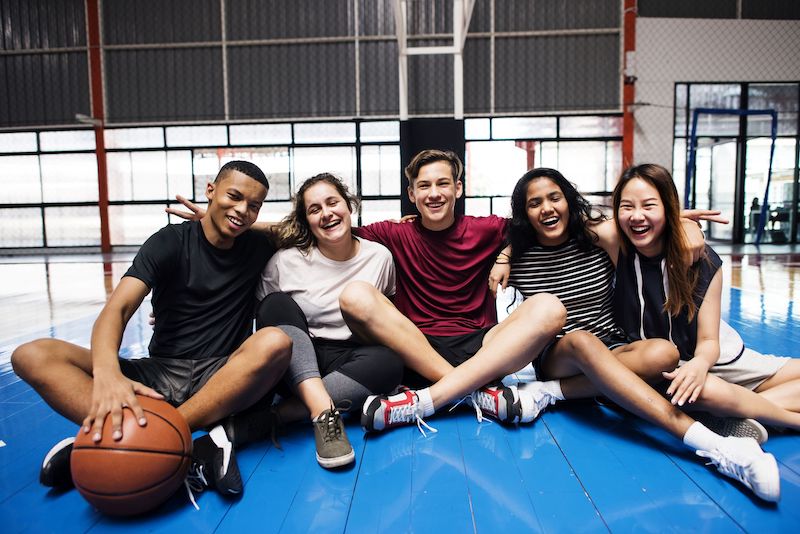
Highlights The number of concussions reported among Canadian youth has increased annually by 10.3% between 2004 and 2015. Many concussions go unreported by youth due to their lack of knowledge, thinking it won’t make a difference, believing their friends will treat them differently and a lack of self-efficacy. Improved concussion reporting and health outcomes may happen by understanding that social networks strongly influenced youth, exploring new ways of enabling youth to help each other learn about concussion and supporting recovery after…
Concussion in Para athletes: One size doesn’t fit all
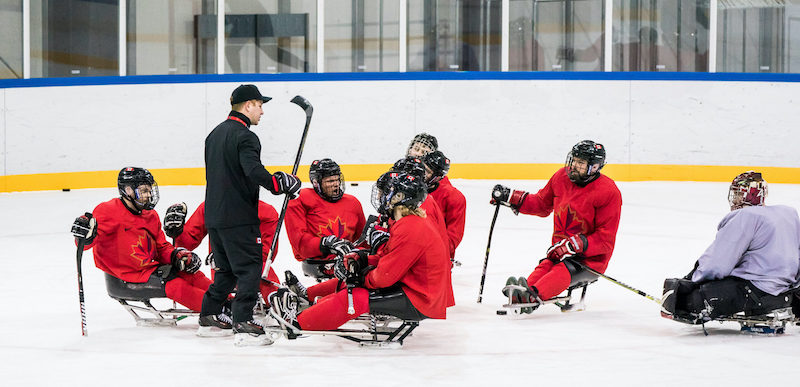
Highlights In 2020, an international group of clinicians, researchers and athletes met virtually to explore how to best assess and manage concussion in an athlete with a disability. This group’s individuals had experience and expertise in the care of Para athletes, and in the assessment, management and prevention of concussion. They named themselves the Concussion…
How biological sex and gender affect concussion risk and management
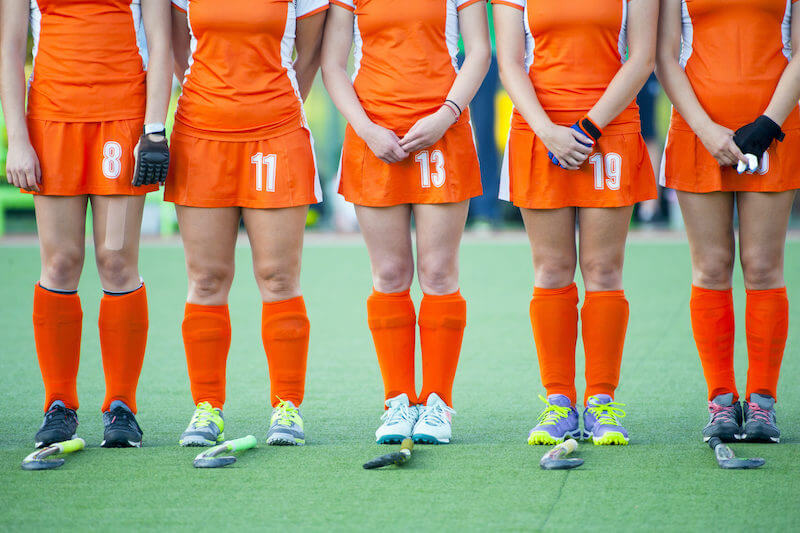
Highlights Concussion recovery depends on many factors, including biological factors (for example, anatomy) and gender-based factors (for example, societal norms in sport). Research shows that female athletes have a higher risk of concussion than male athletes, male and female athletes experience concussions in different ways, and female athletes may take longer than male athletes to…
Activating Safe Sport communities
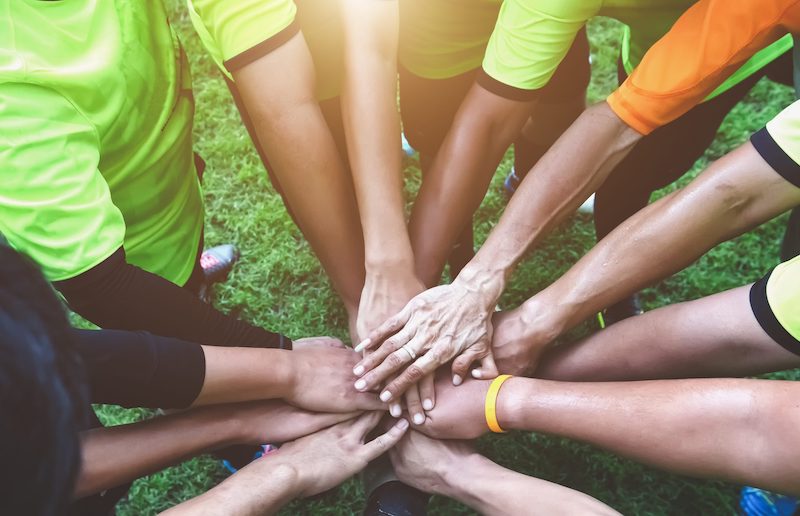
Highlights In May 2021, the Sport Information Resource Centre (SIRC) announced the launch of its Community Activation Grants. This program supports sport organizations in developing and disseminating concussion and Safe Sport resources in Canadian communities. The launch was set against the backdrop of the Government of Canada’s commitment to reactivate local sport organizations, after the COVID‑19…
How Volleyball Canada is taking an evidence-based approach to concussion prevention
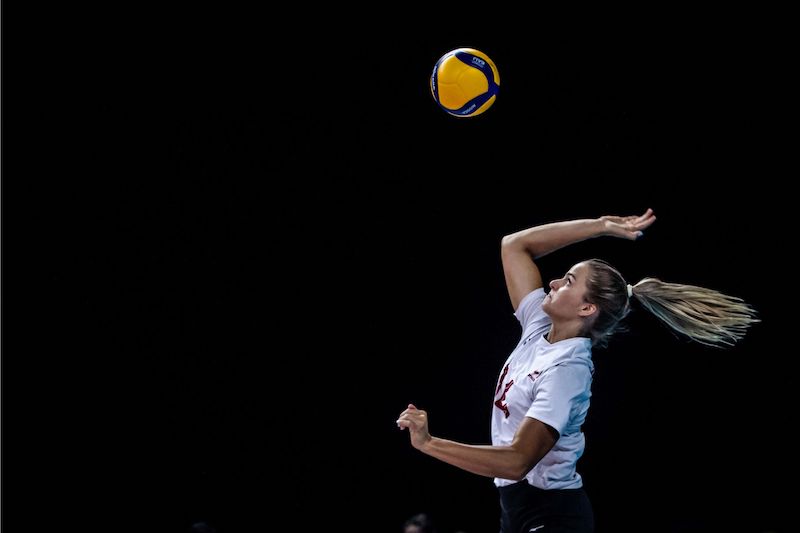
Highlights “You have a concussion.” These are words that no athlete wants to hear. What exactly does it mean? Perhaps a full stop to sport-related activities. Or, no longer being able to practise, train or compete. Maybe uncertainty around recovery times or a return to play, and questions about future risks and implications. In recent…
Return to Play Post-Concussion
The Collège des médecins du Québec and the Ordre professionnel de la physiothérapie du Québec have endorsed a mulitdisciplinary approach to concussion management that enables team physiotherapists to play a role in return to play decisions. Learn more in the SIRC blog.
Helmet fit
The way a helmet fits can change if an athlete changes their hairstyle (e.g., from a braid to a bun) or gets a haircut. To ensure athletes are well protected, consider re-checking their helmets’ fit at regular intervals during the season.